One of the most common questions I get comes from customers who have been negotiating for the recovery of their lost market value and get told by an adjuster that the amount of inherent diminished value they want is only an opinion. Faced with this argument, the customer wants to know what to say.
A claims representative or adjuster that simply refuses to acknowledge lost value and pretends that there is no way to prove the loss is a common obstacle and a tactic that is successful when there is an uninformed accident victim. Don’t buy it! Get informed and read on. . . .
When this problems pops up, I always take the time to have an extensive conversation with our customer and explain EXACTLY how diminished value is calculated. There is no more guesswork involved in arriving at the value of the vehicle after an accident and repair as there is in arriving at a figure before an accident and repair. In both cases, an appraisal must be done to figure out the market value (average). Armed with this fact, the first question I suggest asking the adjuster is, “How do you determine the value of total loss claims?” The fact is, they must either guess about the value of a totally wrecked vehicle, or they must obtain a market evaluation from a credible source. There is no other valid way to get a real market value than by market research; and market research is not an opinion.
So then, it might be said that one must sell the vehicle to get a value. What? This is a huge fallacy in logic, and if you have an adjuster use that argument, you should be able to easily discount the logic. For example, if you sell a vehicle,
it could be argued that you didn’t negotiate well, or you had some ulterior motive to sell the vehicle. What if I sell you a $20000 Rolex for $15000? Did the Rolex just become $5000 less valuable because I sold it at a bargain? Of course not!
 Now, if 20 watches just like the one I sold you were sold between private sellers that had no profit interest, then we could average the sales prices and could argue that the average sales price is a credible value for a private watch. If you get an appraisal on the watch from an expert, they will average historical sales data!
Now, if 20 watches just like the one I sold you were sold between private sellers that had no profit interest, then we could average the sales prices and could argue that the average sales price is a credible value for a private watch. If you get an appraisal on the watch from an expert, they will average historical sales data!
The same principle (and appraisal rules) hold true for evaluating the market price of a vehicle. In order to determine the value, an appraisal must be performed by a competent and disinterested appraiser, period. Additionally, the report from a professional appraiser should use a published method or guide and it should contain all the elements required of a formal appraisal. Things like, scope, purpose, methodology explanations, market data, and process / data disclosures. There is only one guide available that explains how personable property valuations should be developed and reported upon, and an appraisal certified as compliant with that guide is much more than just an opinion. It is evidence. In fact, it is the only type of evidence that can be obtained to prove inherent lost market value.
So, is a diminished value report from a qualified appraiser just an opinion? Not a chance. In fact, it can be argued that the damage estimate is more of an opinion than a formal market evaluation from a qualified appraiser. A damage appraiser is not trained in market valuation and is much different than a market value appraiser.
Damage appraisers nowadays generally use a computer program to estimate how much repair time and cost is associated with damaged vehicle parts. Trust me, there is a lot of speculation used. Just get an estimate from an insurance company and then go get one from a body shop you trust and see if there is not a big difference.
One appraiser may believe that a fender can be repaired with 3 hours of work, where another might see 6 hours of labor. Frankly, there is no way to be sure how much time it will take until a body repair technician begins work. Even then, the experience and training of the technician is a factor.
Lesser experienced and trained individuals will generally take longer (and thus, cost more). There is also the question of labor rates. Some shops will work for 3 to 5 dollars less per hour, which can translate into a big cost difference on a labor intensive repair. Guess what…if there is an argument over labor cost, then the AVERAGE labor cost per hour for at least three other shops in the area is used as a guide! When a value is appraised, an average is taken because that is the known and credible way. It’s called the sales comparison approach, and it’s not an opinion; it’s a documented market evaluation. If you want more information about how diminished value is technically calculated and proven, feel free to contact my office anytime.
Download a FREE sample diminished value demand – click here now!
We are the best when it comes to advice on complex claims! Sign up today for a free claim consultation and we’ll give you valuable diminished value information for FREE!

